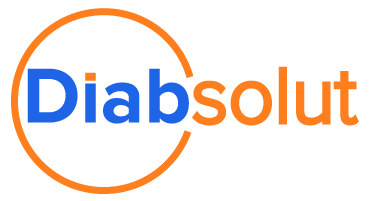Industry Analysis: What is Connected Field Service?
Author: Drew Tramel and Matt McCallum

If you search for the term “connected field service” you’ll bring up a lot of results about preventative maintenance, improving efficiency, optimizing schedules, utilizing IoT technology for customer quality of service, and solutions that connect field service operations. These search results can be useful when it comes to connected field service, but it’s important to start by looking at what connected field service is in broader terms, why it matters, and how it’s achieved — in order to give you more context when it comes to the topics listed above. This will also give you more information for decision-making when it comes to your own organization’s field service solution.
What is Connected Field Service and Why Does it Matter?
There are several ways to answer this question, but they all revolve around how what happens in the field impacts your customer’s experience and your overall business.
- Connecting field service operations to the other areas of your business (such as finance or sales):
- Each area of operations can have a positive or negative impact on the other areas of your business.
- Viewing each area as independent ignores the effect they have on each other and how they ultimately influence your customers’ overall experience.
- Having all aspects of your business connected, including field service, allows for a 360 view of this knock-on effect.
- Connecting various aspects of field service to each other, or connecting what is happening in the field to your customer experience:
- Dispatch, forecasting and planning, customer service and self-service, where technicians in the field, assets, contract and customer information, priority and emergency work — connecting everything that will have an impact on job efficiency and a field worker’s quality-of-life will go on to influence the type of experience your customer will have.
- This can also impact the amount of customer-facing functionality your field service workers can have.
- For example, a technician that can do things like update a contract in the field, schedule a routine follow-up while onsite, or even just show up with all the equipment needed when they said they would, can inspire brand loyalty and greatly improve the quality of service received.
- Digitally connected field service:
- This is where things like preventative maintenance and IoT technology come into play.
- Connected field service in this sense relates back to everything we’ve discussed up to this point.
- In order to connect different areas of your business, different aspects of field service, or your field service operations back to your customer experience, you need some sort of technology to achieve any of these things efficiently.
How is it Achieved?
The best way to answer this question is to take a look at your own field service organization and its goals. Start with your field service operations specifically, and go from there.
- Factor in needs, budget, and the amount of time your organization is able to devote to achieving connected field service.
- What current methods or processes are employees relying on to complete jobs, tasks, etc.?
- What feedback have you received from both employees and customers on their experiences with your current methods, processes, or technology?
- Do you have an idea of industry benchmarks, and are you able to accurately measure data to adjust and make improvements?
Next Steps
There is a lot of information out there, which can be hard to relate back to your own organization and what to do next, so if you need help or direction, contact us.
As vertical sales leaders with years of industry experience, we are here to offer advice free of charge, with the goal of getting your organization headed in the right direction. Additionally, we have a lot of great online resources, including eBooks, client success stories with solution details, brochures, and blogs to help get you started.
Search
Trending Topics
- E18: Click FSE Migration to Salesforce Field Service – Java With Sugar Podcast
- E17: The Process of Migrating from a Product That Is Retiring – Java With Sugar Podcast
- E16: Decoding FSE’s End-of-Life and Common Migration Practices – Java With Sugar Podcast
- A Dual Approach to Efficiency in Field Service Management: Asset-Centric vs. Customer-Centric Models
- E15: Trends and Limitations in AI – Java With Sugar Podcast
- Enhancing Field Service Operations with SFS-X
- E14: Our Point of View and Insights on AI – Java With Sugar Podcast
- E13: What Is Artificial Intelligence and Why Is It Beneficial for You? – Java With Sugar Podcast
- AI Ethics: What Is It and Why Does It Matter?
- 3 Tips to Improve Your Strategy and ROI When Selecting SaaS Solutions
